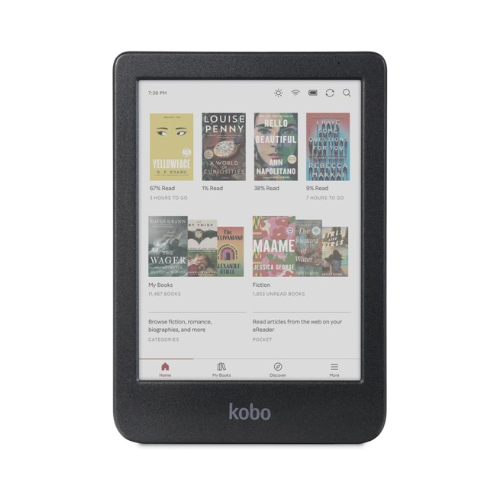A simple coffee break can do more than just wake me up—it helps me prevent digital burnout. Here’s how I create space for focus and rest.
There is a quiet crisis affecting your digital health and wellness. It’s not a flashy, headline-making disaster but something more insidious—an exhaustion that seeps in through blue-light screens and nonstop notifications. They call it digital burnout, and I know it well.
At first, it’s subtle. A creeping fatigue, an inability to focus, a vague sense of discontent even when nothing is technically wrong. I used to ignore it, believing that if I just pushed through, I’d recalibrate. But the mind does not reset like a frozen laptop. The body does not run on sheer willpower alone.
So I learned to interrupt the cycle. Not with a grand escape into the mountains or a social media detox I’d abandon in two days but with something simple. A coffee break. A deliberate, structured, five-step ritual that takes no more than 40 minutes but is enough to prevent digital burnout from creeping too far in.
Heads up, gorgeous. Some links you see here are affiliate links. If you click and buy something, I might get a coffee (or two) out of it. The price stays the same for you, promise.
Making Coffee
I start with coffee. Some days, I use a ceramic dripper, pouring hot water in slow circles over fresh grounds. Other days, I use a Bialetti moka pot. It hisses, bubbles, breathes like a small machine coming to life.
Making coffee is a relaxing ritual. It reminds me I have hands and that the world is more than a screen.
15 Minutes of Social Media and Emails
This part is super risky. A quick check could turn into an hour of mindless scrolling. But I keep it tight—15 minutes. Then I stop.
I had to make my phone distraction-free and more secure. Had to. Because these things are built to keep us hooked.
The research says it plainly. Too much screen time wears you down. Stress, fatigue, addiction. And when you don’t know how to cut through the noise, it only gets worse.
15 Minutes of Duolingo
Instead of loitering on social media, I spend 15 minutes on Duolingo, where I attempt to learn Spanish with varying degrees of success. Gamified language learning is delightful—the bite-sized lessons, the cheerful green owl, the small victories of unlocking a new level. It feels good to use my screen time on something productive.
And maybe that’s the trick. Digital burnout isn’t about too much screen time; it’s about the quality of it. Passive consumption drains me, but active engagement—learning, creating, problem-solving—does not.
Reading a Few Pages on My Kobo Clara
My Kobo Clara isn’t connected to the internet. It has no pop-ups, no pings, and no temptation to switch tabs.

Kobo Clara Colour eReader
Meet the Kobo Clara Colour—your ticket to distraction-free, full-colour reading bliss. With a 6” E Ink Kaleido 3 display, it brings book covers, comics, and highlights to life—without the doom scroll. Waterproof and eye-friendly, it’s the perfect excuse to ignore notifications and finally tackle your TBR pile.
Right now, I’m reading Stolen Focus by Johann Hari. It’s unsettling, reading about the precise mechanisms designed to fracture my focus while actively trying to reclaim it. Hari argues that our inability to concentrate isn’t a personal failing but a structural issue, a system engineered to keep us perpetually distracted.
Studies say too much time on screens scatters attention and wears down the nerves. Deep reading decompresses my mind. It helps me focus.
Two Minutes of Stretching

I stretch before I sit back down again to work. Just two minutes. It’s a physical reminder that my body is more than a vehicle for my brain. And honestly, at this age, who doesn’t get back pain?
The irony isn’t lost on me. Digital burnout is a modern phenomenon, yet the solution is remarkably old-fashioned. Pause. Move. Breath.
When my coffee is finished, my mind is reset, and the weight of digital fatigue feels lighter, I get back to work.
There’s a metaphor Johann Hari mentions in Stolen Focus that I can’t shake. Former Google engineer turned design ethicist Dr. James Williams compares our current attention crisis to a denial-of-service attack—the kind hackers use to crash a website by overloading it with too many requests. Our minds are akin to overwhelmed servers. Tech giants floods us with excessive information that we can’t focus and think clearly.
We don’t need to reject technology altogether to prevent digital burnout. It’s about carving out space for the things that remind us who we are outside of it. It’s a way of saying: my mind is mine, and I will not let it crash.
